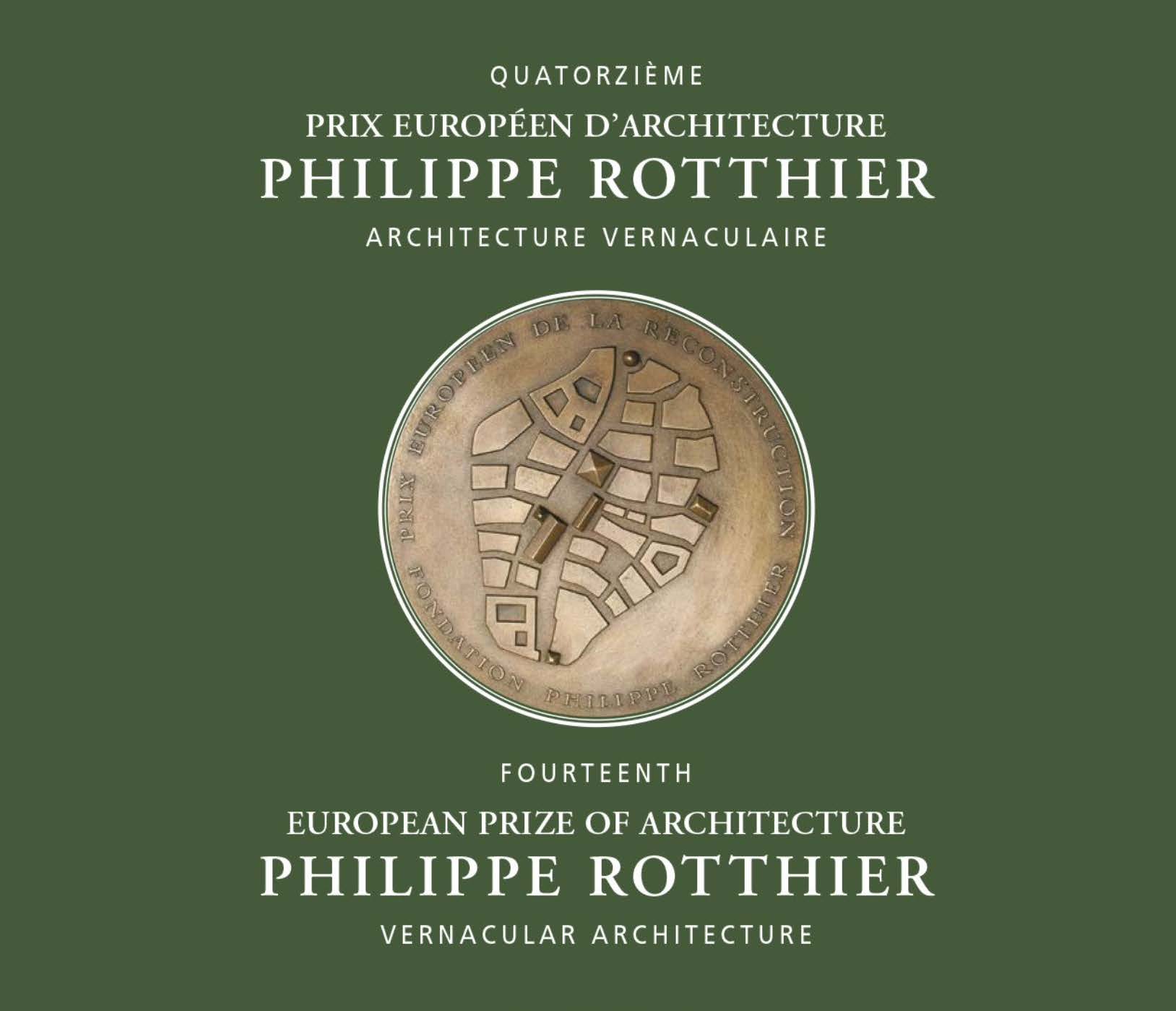The award ceremony for the 14th European Prize for Architecture, Philippe Rotthier, was held on 26 October at the CIVA auditorium in Brussels. The event was a resounding success, bringing together nearly 150 attendees, including architects, craftsmen, residents, politicians, and international dignitaries.
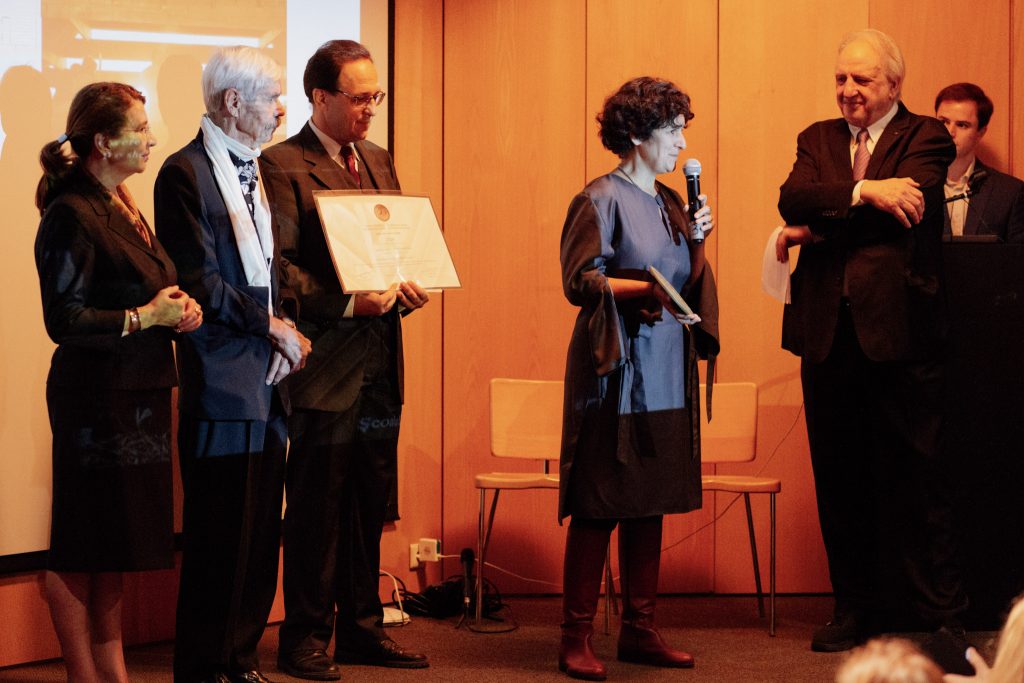
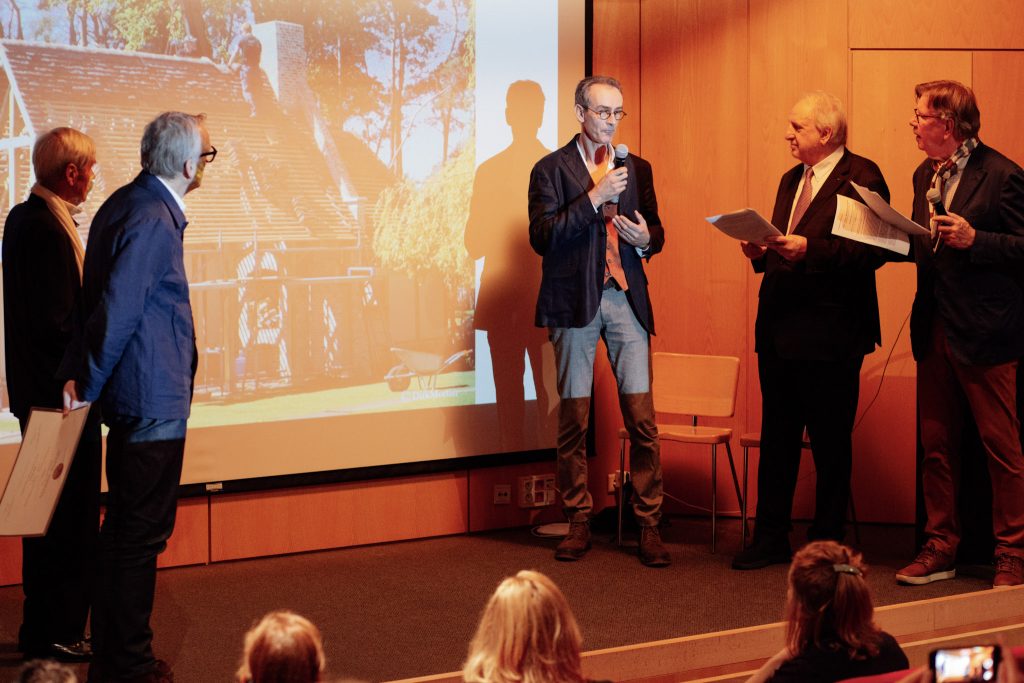
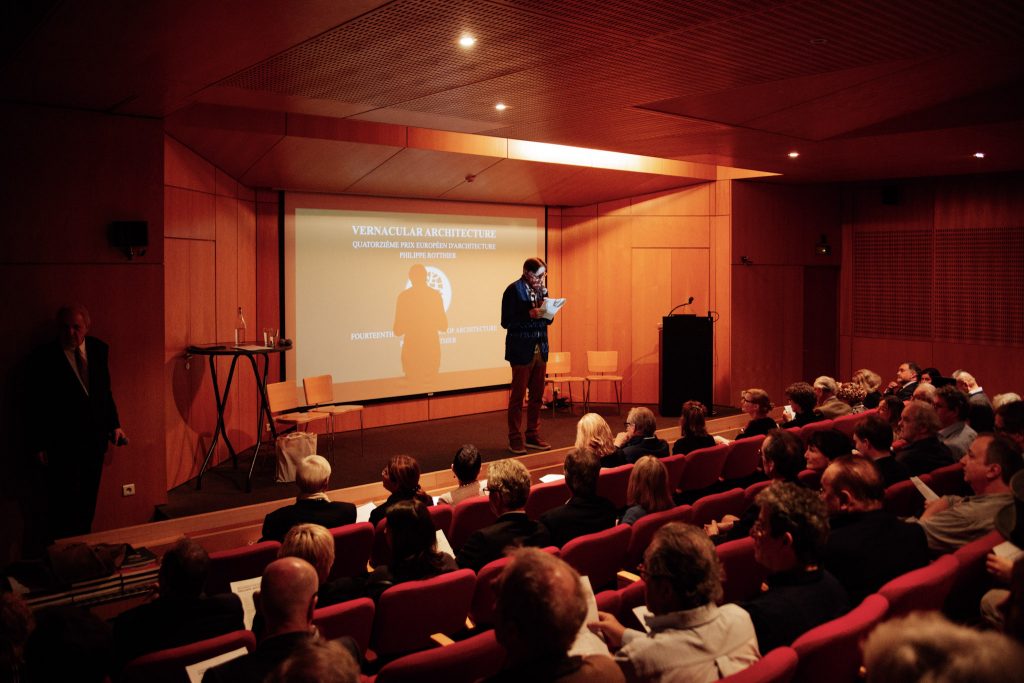
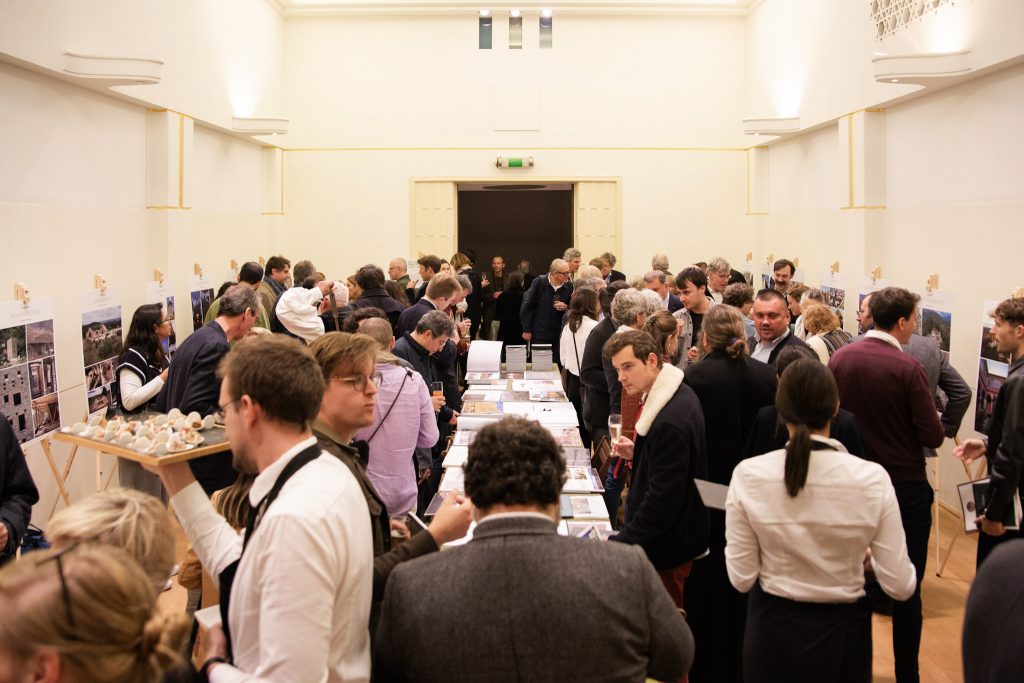
The Philippe Rotthier Prize holds particular significance today. Celebrating vernacular architecture, it stands as an alternative to the prevailing trends in contemporary architecture, often characterised by large-scale structures and extensive use of reinforced concrete. But what exactly does vernacular architecture mean?
‘Vernacular architecture refers to buildings that honour the character of their surroundings. It is crafted by human hands using natural, locally sourced materials and built in harmony with time-honoured traditions’. As described in the very words of the prize’s founder, Mr Philippe Rotthier.
The philosophy of the Rotthier Prize: celebrating the timeless resilience of vernacular architecture
The Rotthier Prize believes in key differences between modern and vernacular architecture. Its philosophy believe that unlike the boldness often associated with modern architecture, vernacular buildings are modest, delicate and faithful to the land that bears them. Shaped by a long process of historical evolution, they blend seamlessly into the natural landscape, almost appearing as though they have emerged from the geology itself. Vernacular architecture acclimatises. It does not interrupt the course of the wind or the rain, it fears not bad weather. Like the reed, it bends but does not break.
This year’s Laureates and Mentions
INTBAU Belgium, the organiser of the Philippe Rotthier Prize, received an impressive 200 entries from across the globe—an unprecedented number. The submissions showcased a wide range of projects, from designing a pleasure pavilion to constructing a family home, from paving a mountain path to developing a new town in Scotland. Each project brought unique and innovative ideas.
This year’s Grand Prix was awarded to Școala de la Bunești, an architecture school located in the heart of the Wallachian forest, while the Craftsmanship Prize recognised Belgian carpenter Dirk Mortier for his exceptional work using green oak slabs.
Acknowledgements
INTBAU Belgium expresses its sincere gratitude to Philippe Rotthier for his lifelong commitment to human-centred architecture.
The organisation also acknowledges the leadership of Maurice Culot, Chairman of the Prize Jury, and the contributions of all jury members, which included INTBAU Executive Director, Harriet Wennberg.
Special thanks are due to the representatives of foreign nations who attended to support their fellow prize-winners.
Finally, INTBAU Belgium appreciates the growing support for the cause of humane, beautiful, and sustainable architecture, with an ever-expanding network of advocates.
Gallery Grand Prize Winner Școala de la Bunești and Craftsmanship Prize Winner Carpenter Dirk Mortier
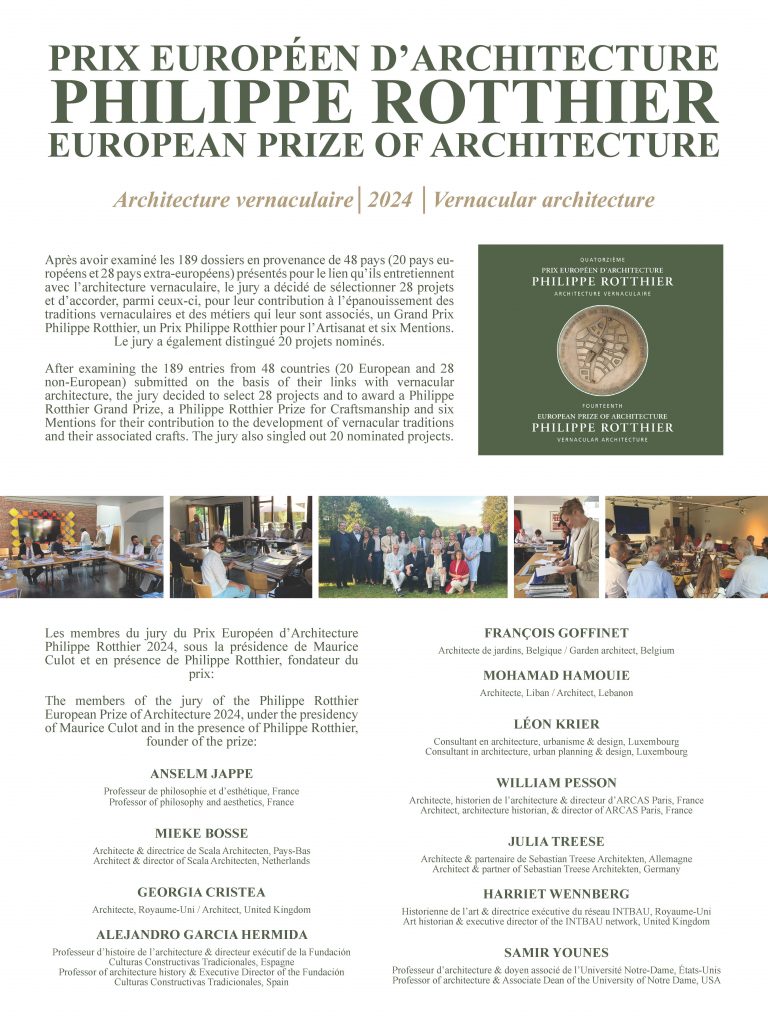
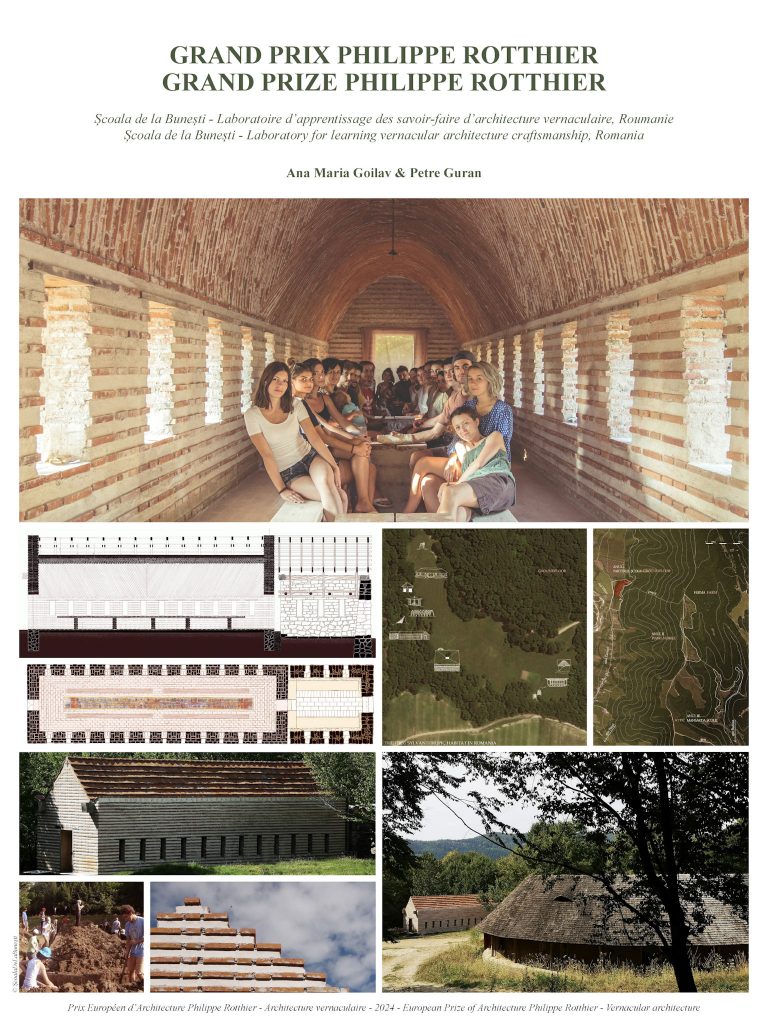
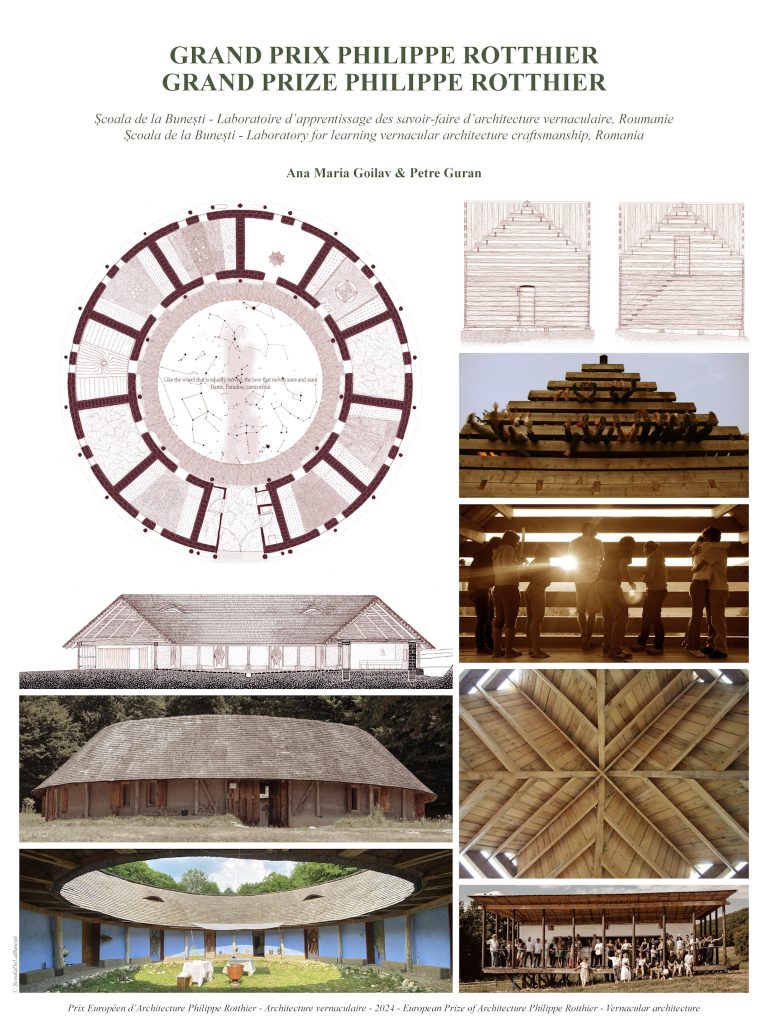
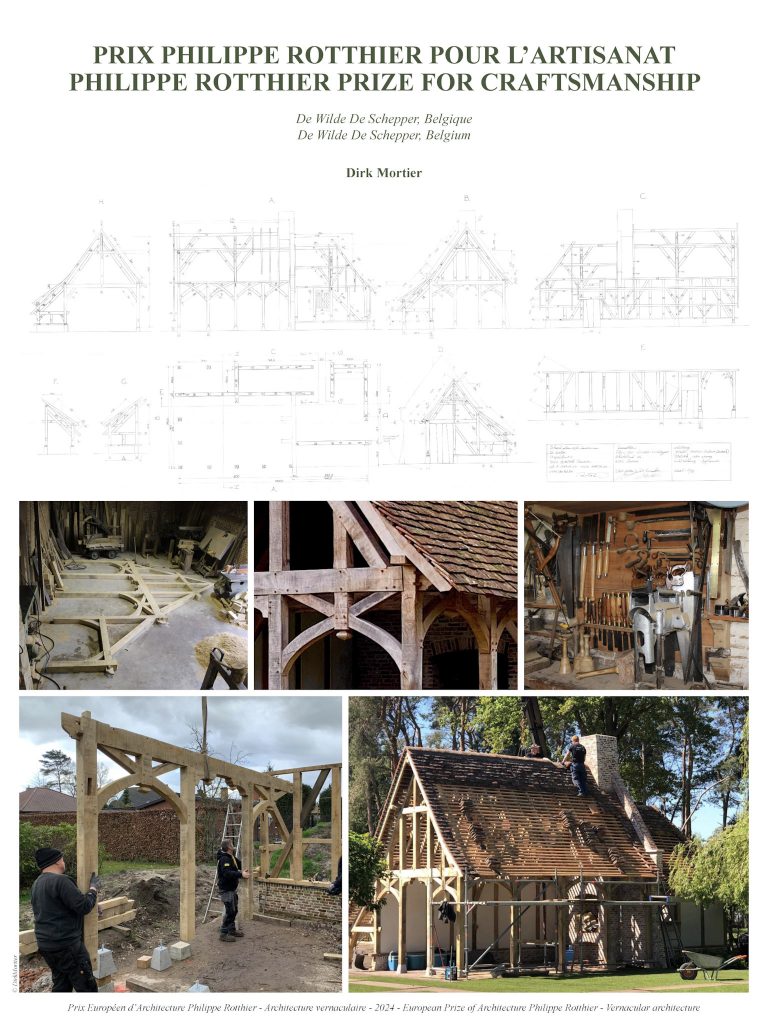
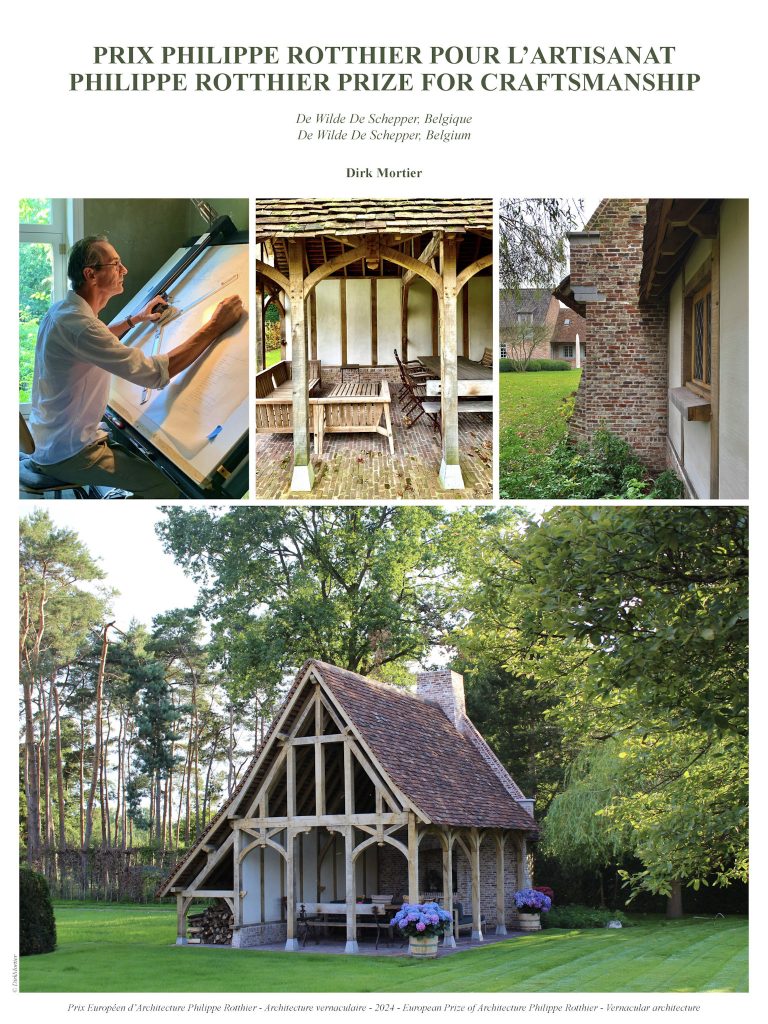
Gallery: Mentions
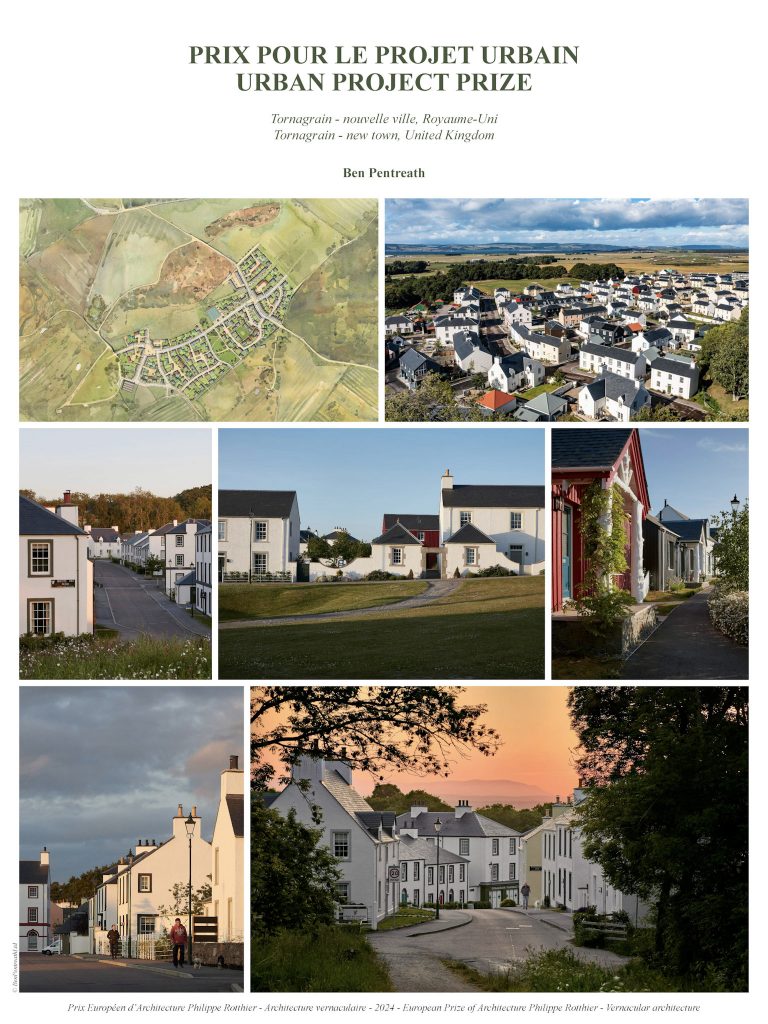
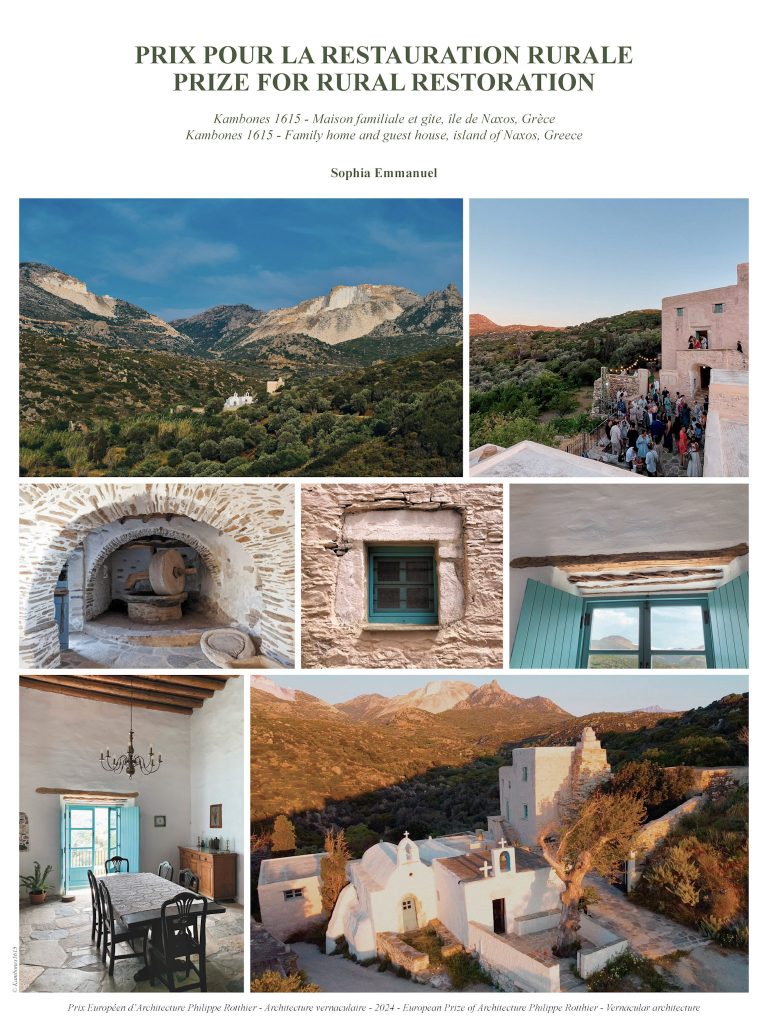
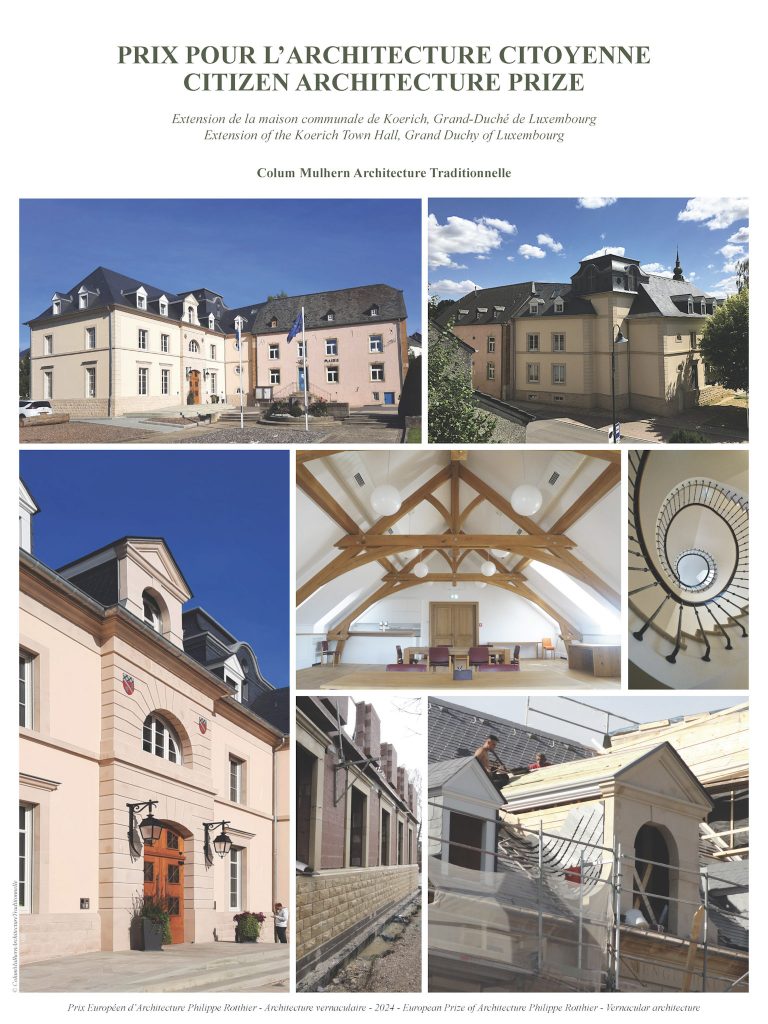
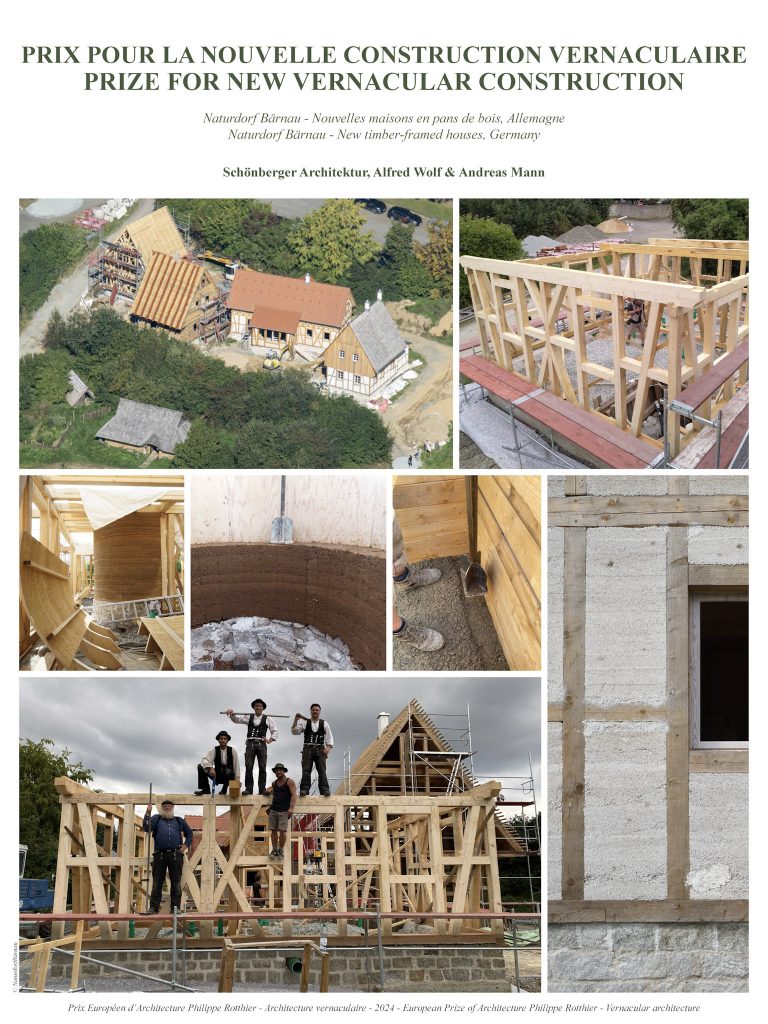
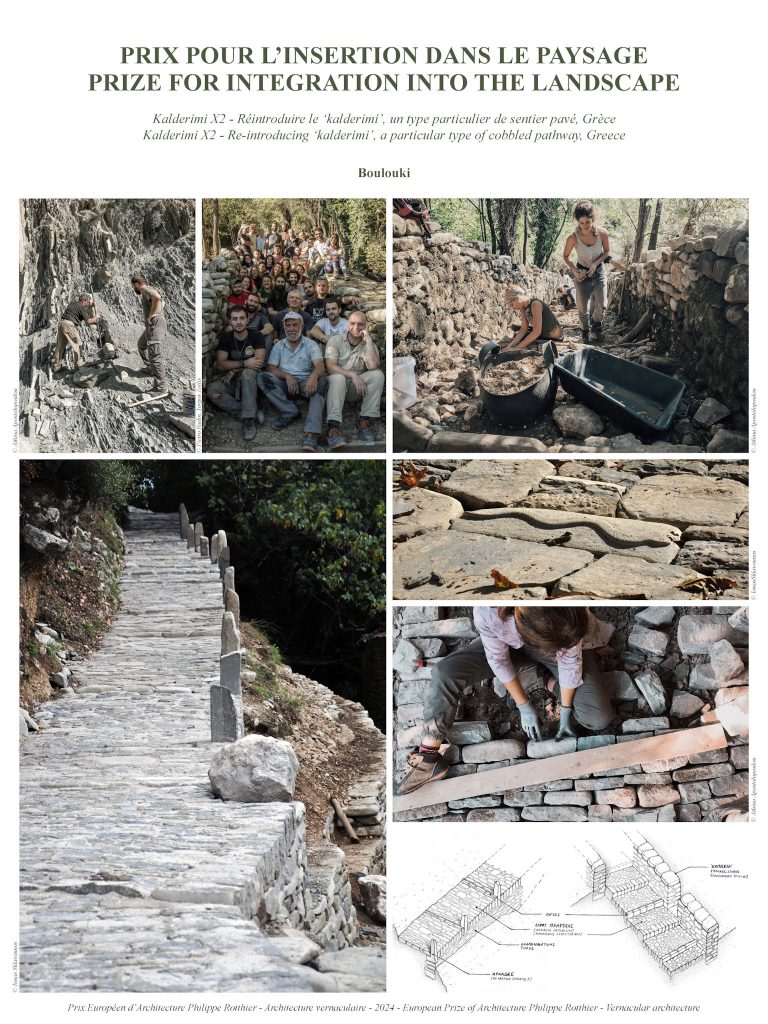
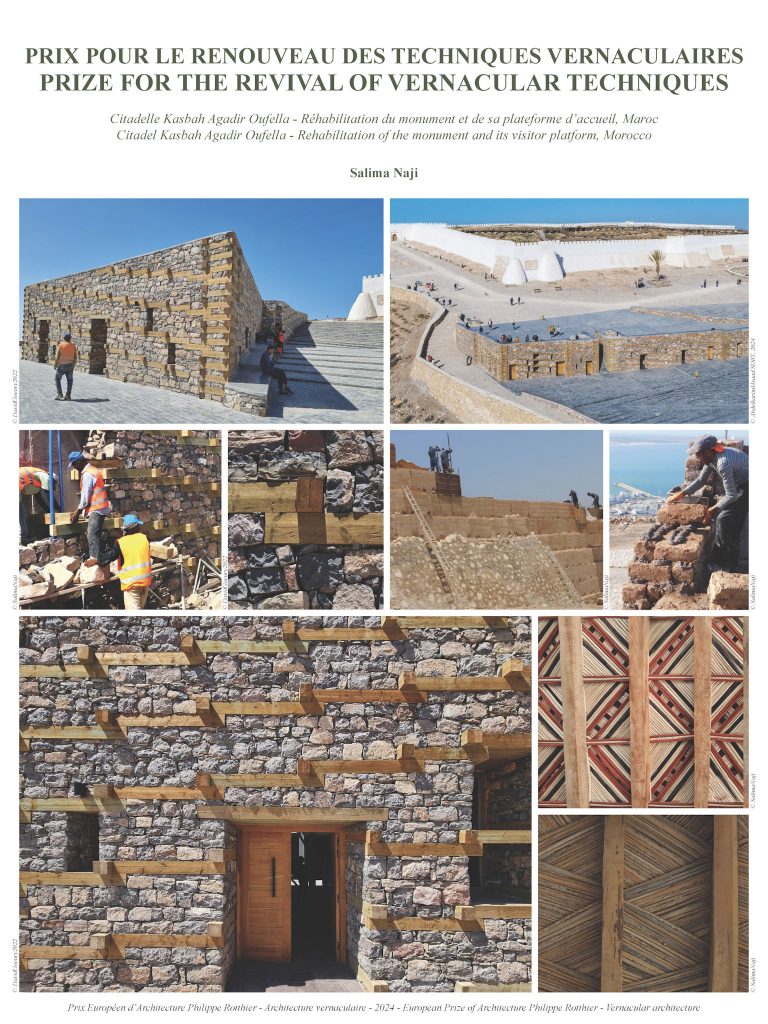
Learn more about the European Prize for Architecture, Philippe Rotthier.
